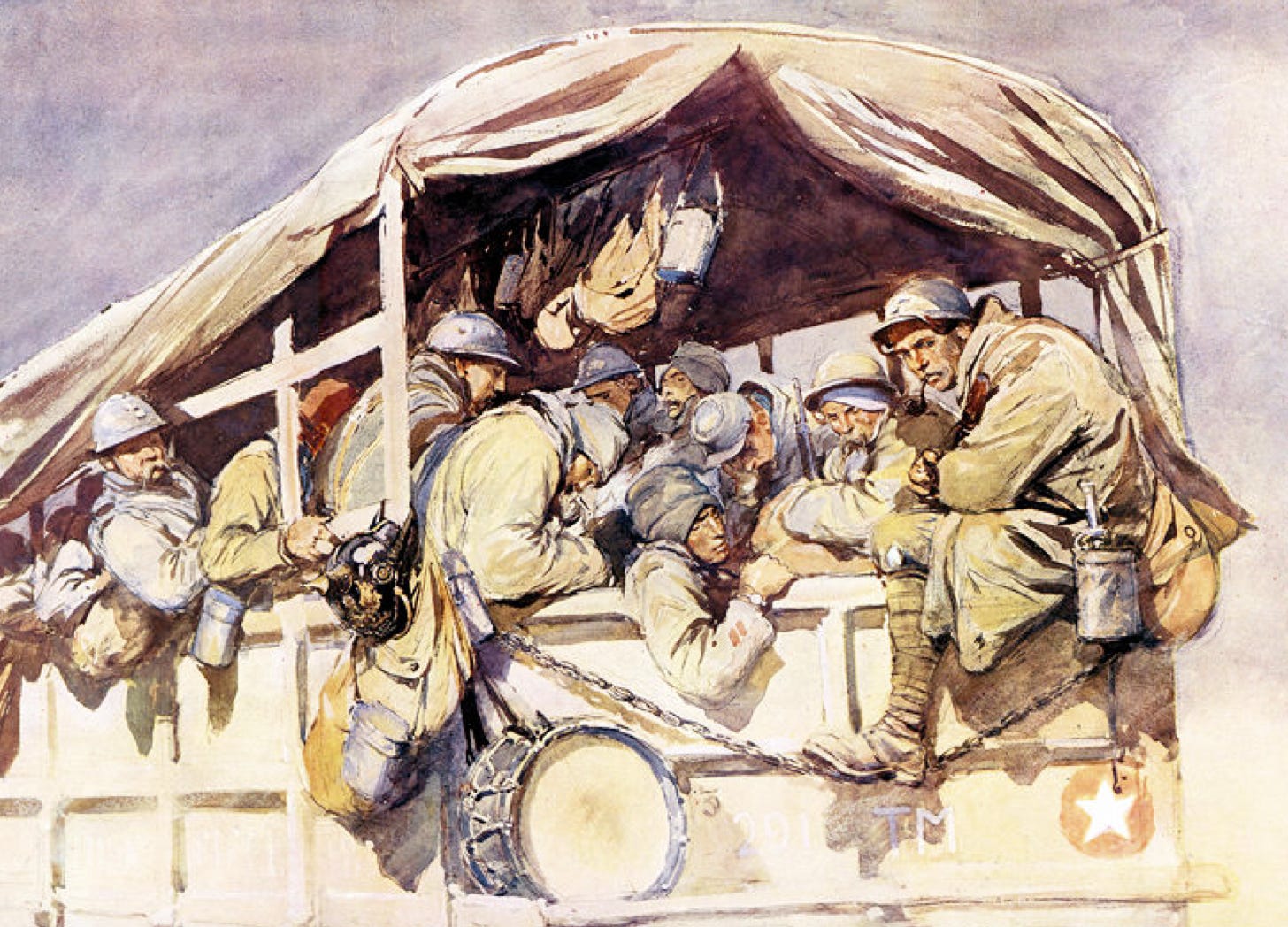In a post on his indispensable blog, French Marine and scholar of the First World War Michel Goya compares the tactics used by Russian forces in Ukraine to those used by the Germans during the first few days of their offensive at Verdun. In particular, Colonel Goya notes that the Russian “assault detachments” (of fifty or so men) “serve mostly show the artillery where the defenders are located. If the artillery does a good job on the positions that have been discovered, the assault detachment has the option of occupying the ground. If this is not the case, then the artillery will have worn down the Ukrainian forces.”
Colonel Goya adds, “In these engagements, the Ukrainians are more likely to fall prey to the explosion or over-pressure of shells and rockets than to the bullets of AK-12 [assault rifles.] A Franco-Ukrainian doctor recently explained that, of the hundreds of wounded soldiers who pass through his regional triage center over the course of three-week period, not a single one suffered from a bullet wound.”
For Further Reading:




The difference is that unlike the French and Germans, the Ukrainians can't really reply. So it becomes a one-sided grind that risks few lives on the Russian side, while making progress on the overarching "demilitarization" war goal.
At the operational level, disabling electric infrastructure cuts enemy logistics mobility and threatens to weaponize waves of refugee immivaders westward.
At the strategic level, the slow speed prolongs their enemies' lock-in to economically and politically ruinous policies that widen societal fractures among their enemies.
The Russians appear to have the proper context for this approach. Tactical grind, operational disarticulation, strategic pin.
@bruce - apparently Dupuy’s Infantry as sensor was infantry finds the enemy, fixes, artillery/air destroys.
I would like to read what DuPuy wrote, all I can find are bios.